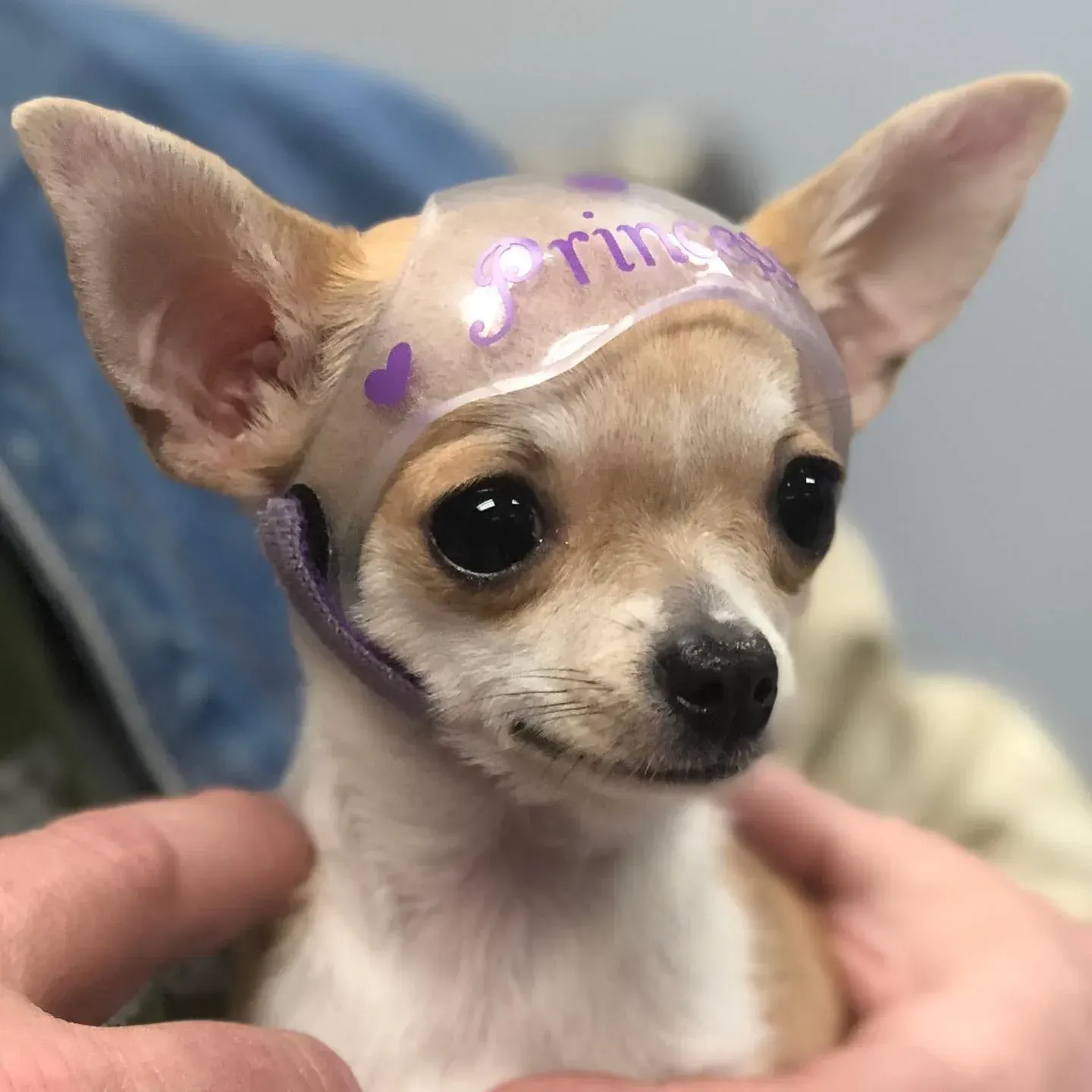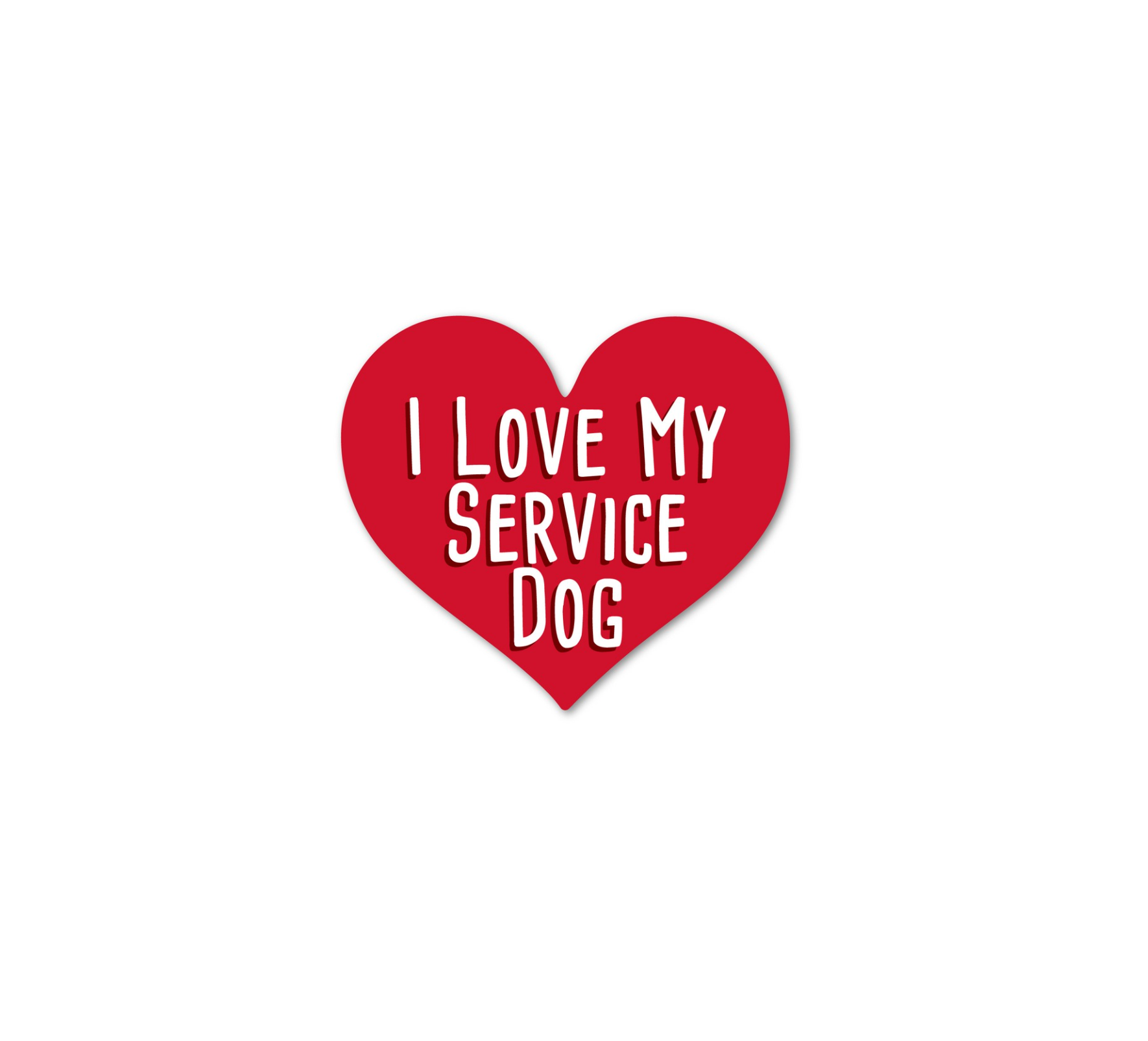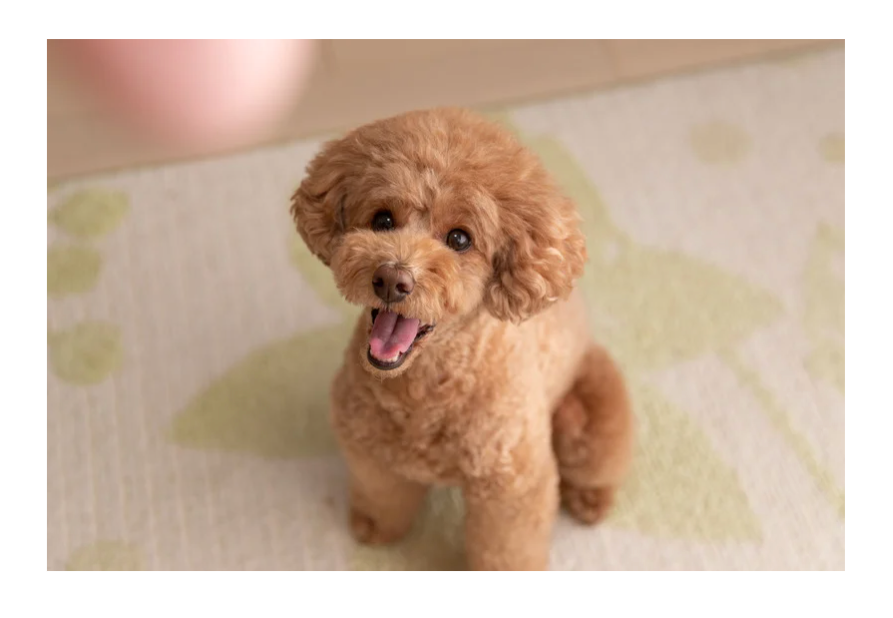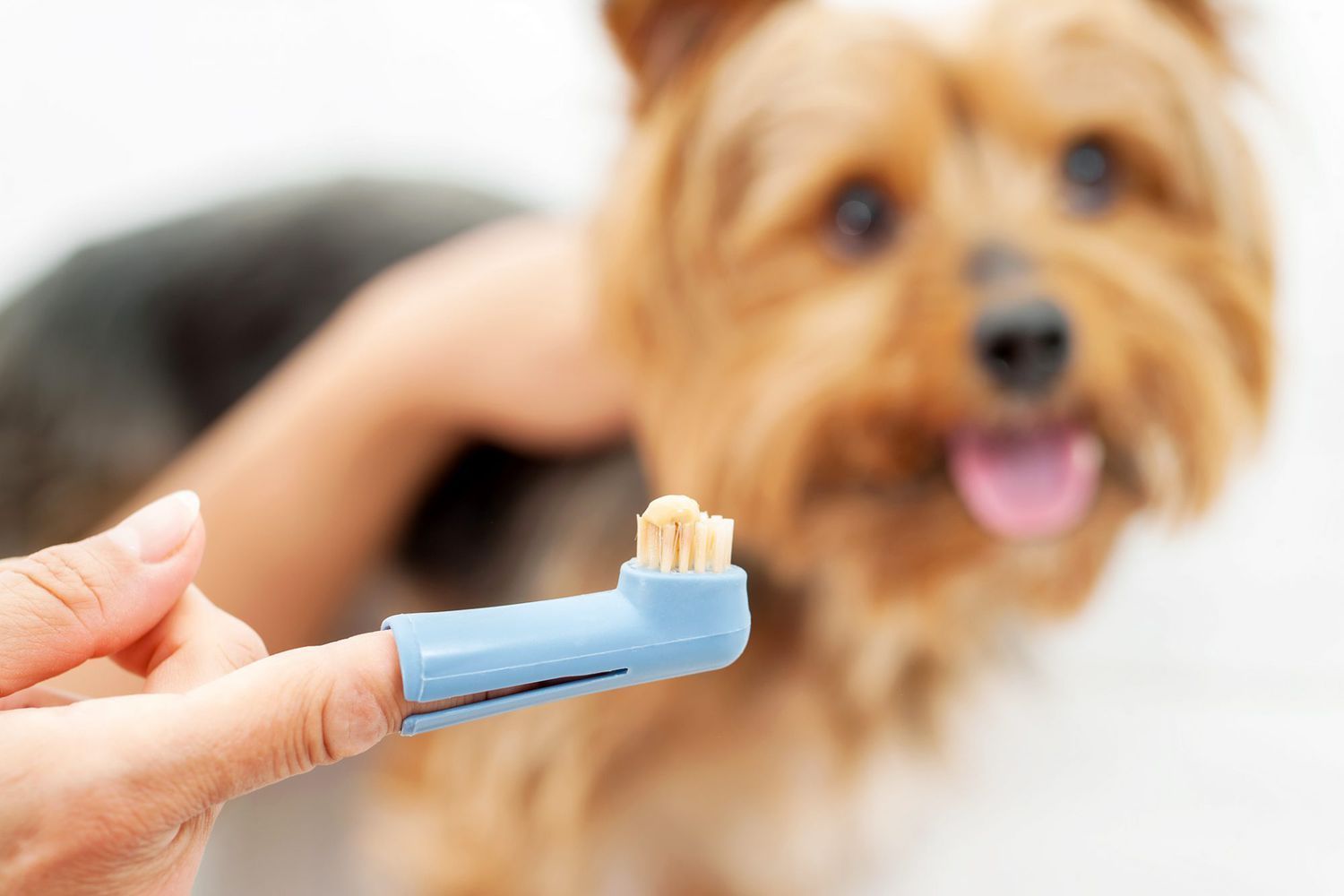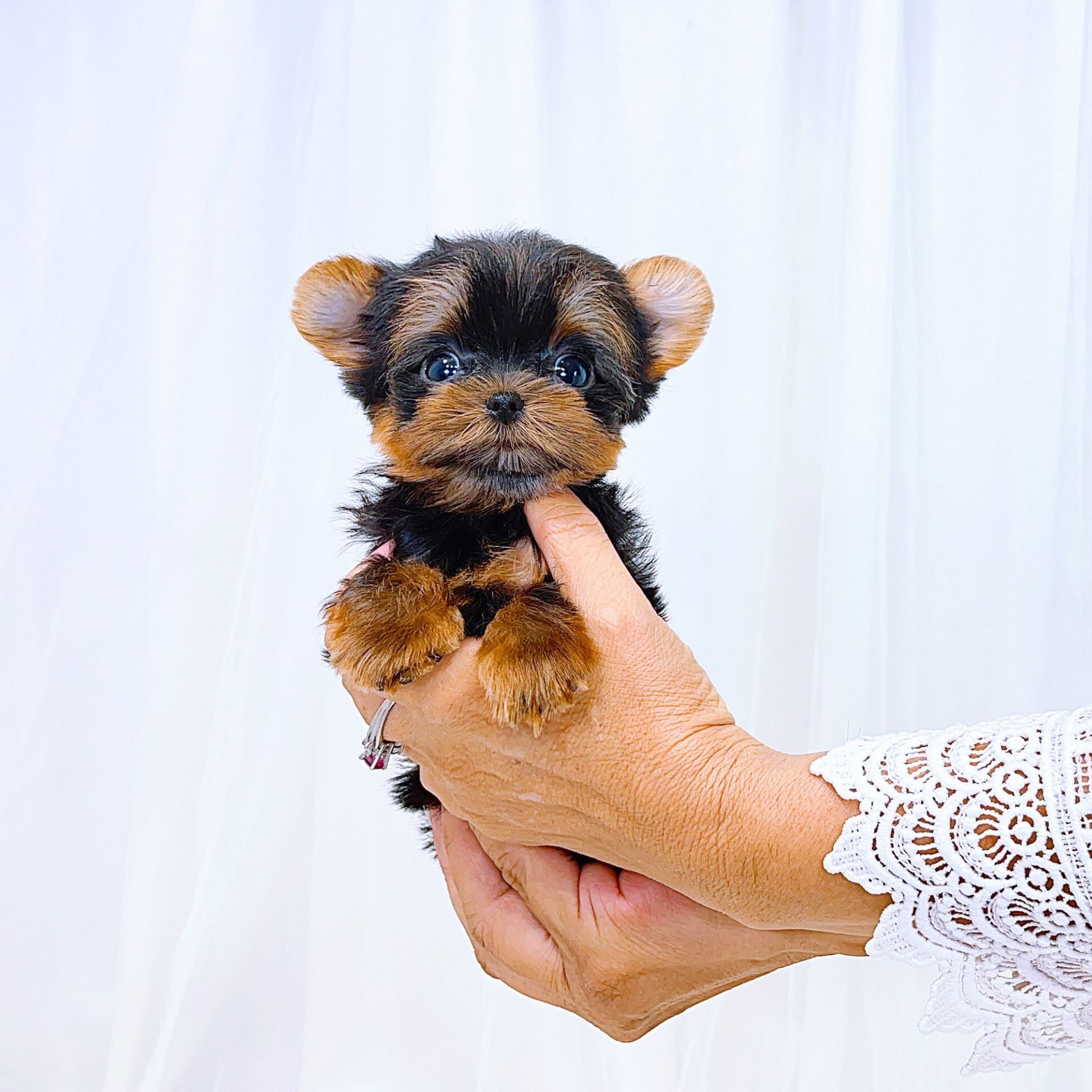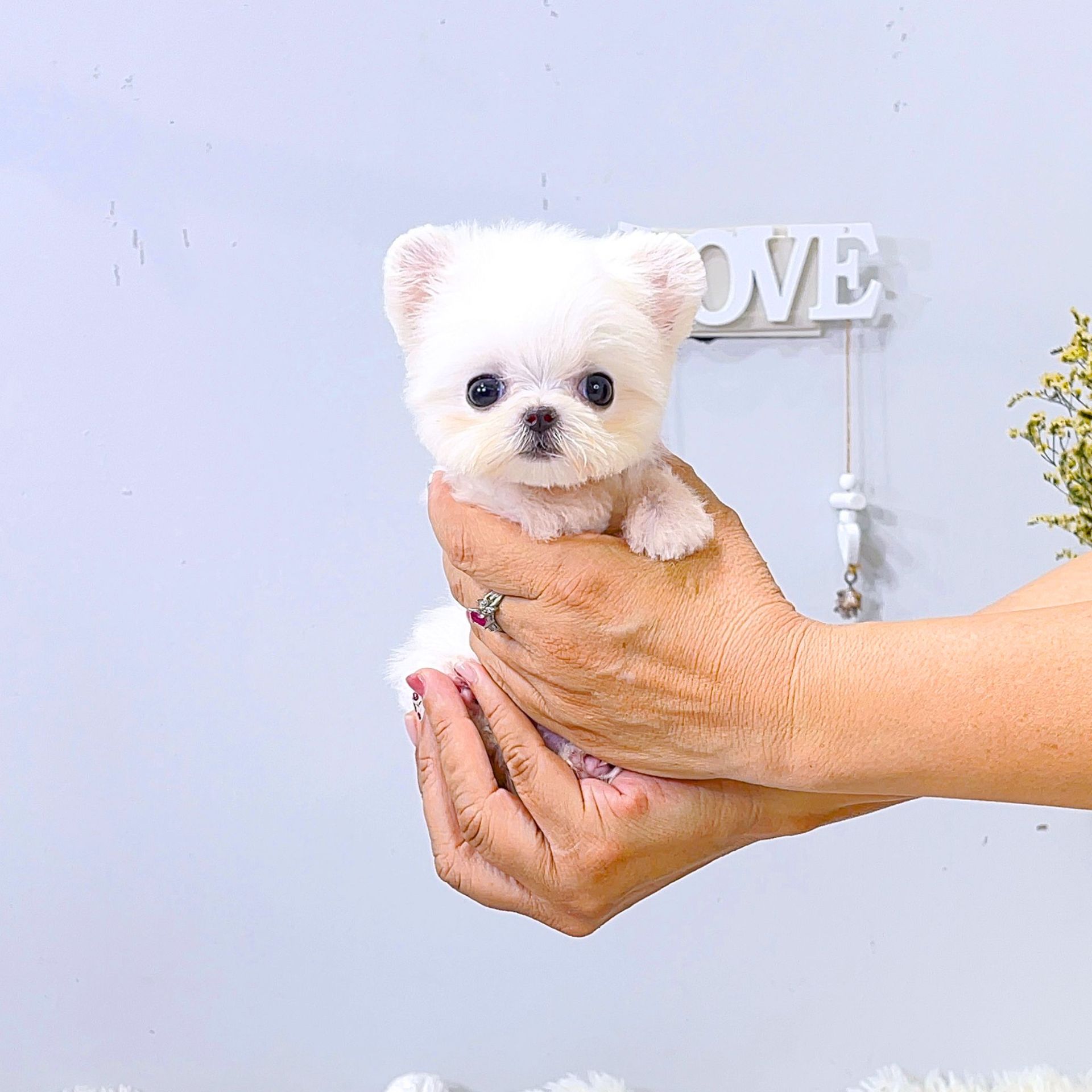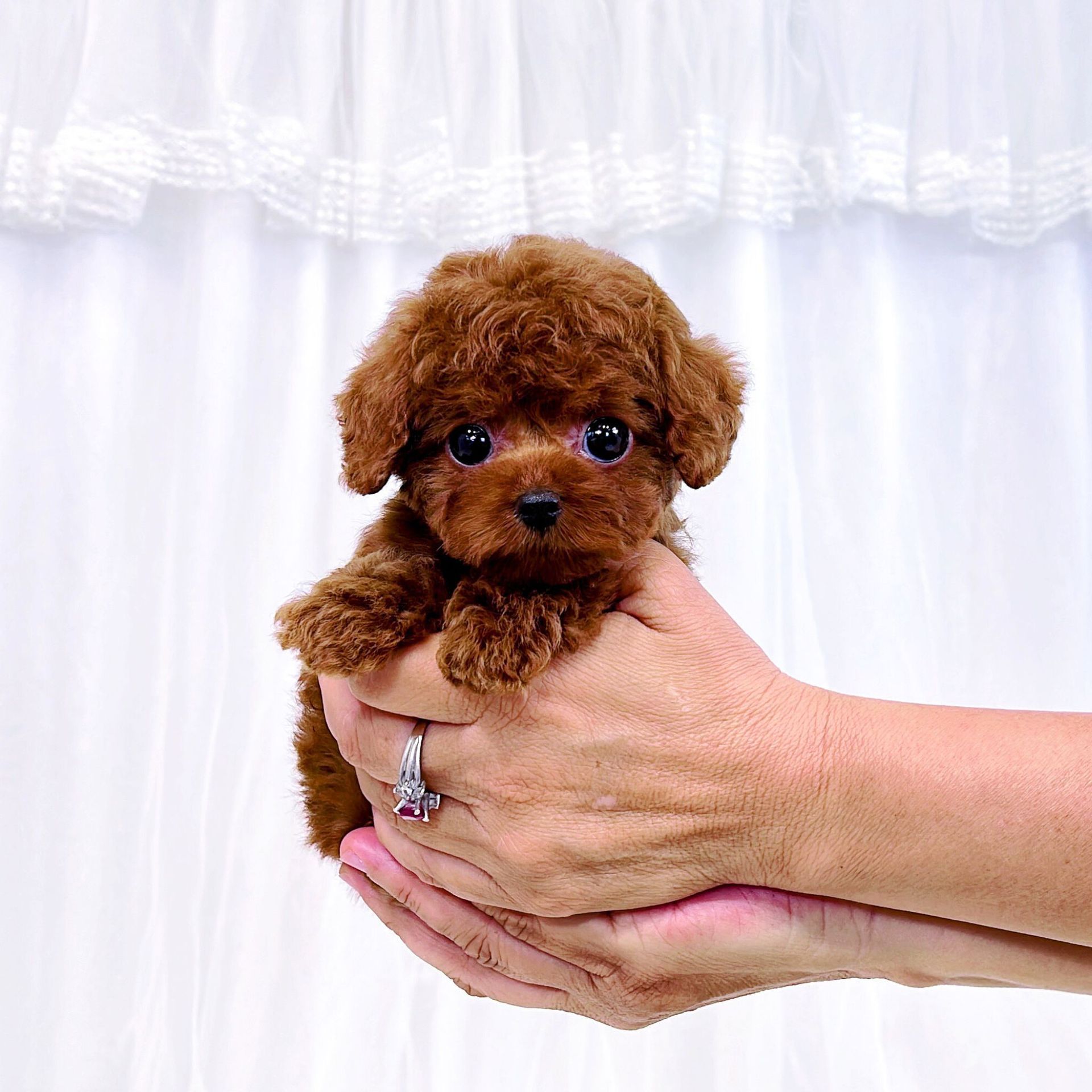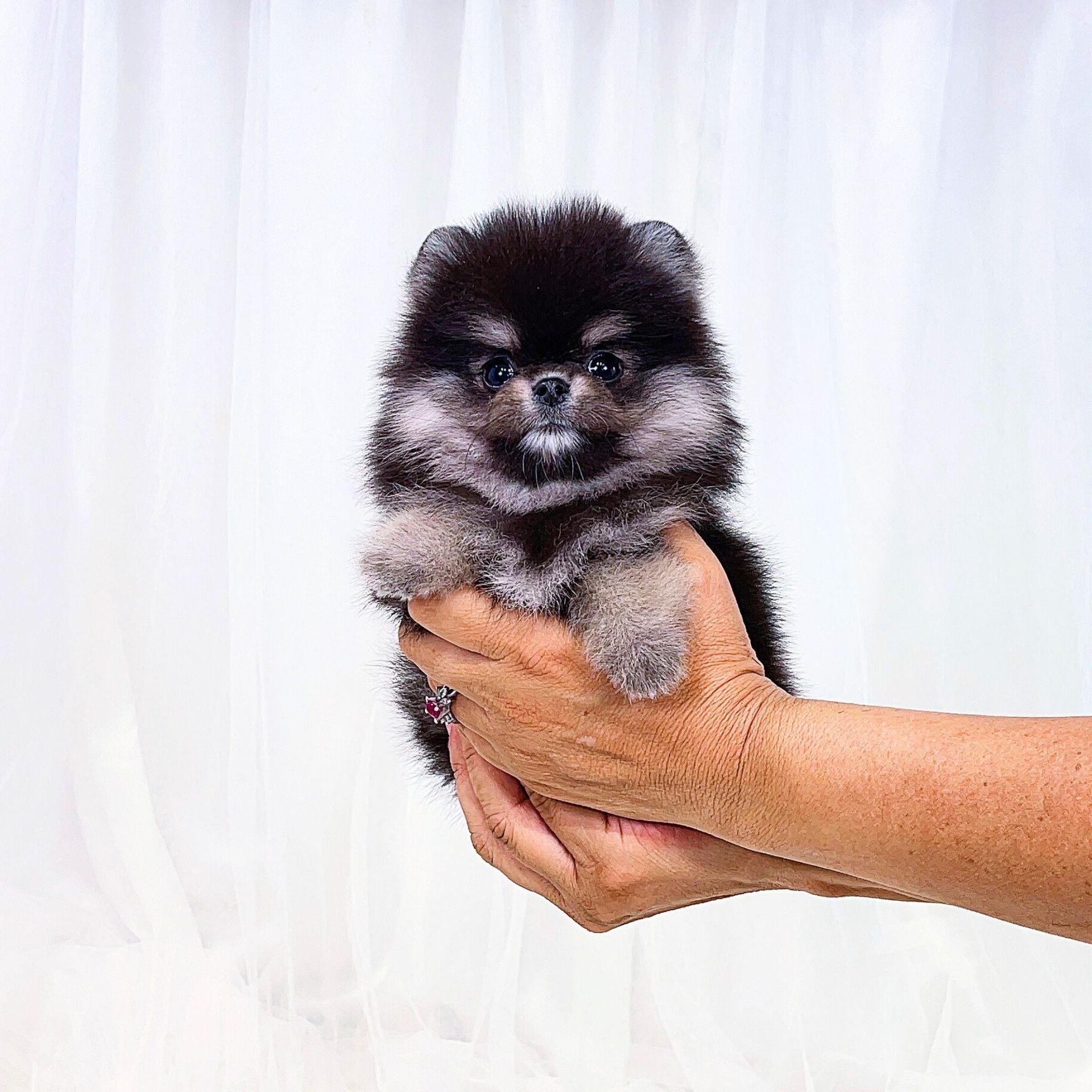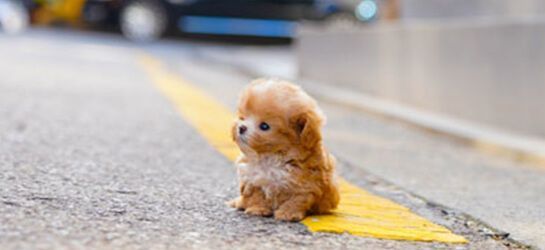Call Us Today!
All You Need to Know About Patellar Luxation
Patellar luxation is a common orthopedic issue where the kneecap becomes dislocated. This condition predominantly affects small breed dogs, such as Toy Poodles, Yorkshire Terriers, Chihuahuas, and Pomeranians, though it can also be seen in larger breeds.

A typical sign of patellar luxation is a “skipping” gait, where the dog momentarily adopts a three-legged stance on the hind limb, which resolves after a few steps. Mild cases may only require conservative management, while more severe instances might need surgical intervention.
In some dogs, particularly those with bowlegs, the patella may luxate due to the patellar ligament's attachment point being off-center on the shinbone. This misalignment often causes the patella to shift toward the inner side of the leg. As the thigh muscles contract, they pull the patella inward, which over time can wear down the inner groove of the femur. This wear allows the patella to dislocate or slide toward the inside of the knee.
The knee joint connects the femur (thighbone) to the tibia (shinbone), with the patella (kneecap) normally sitting in a groove called the trochlear groove at the end of the femur. The term "luxating" refers to the kneecap being displaced from its normal position.
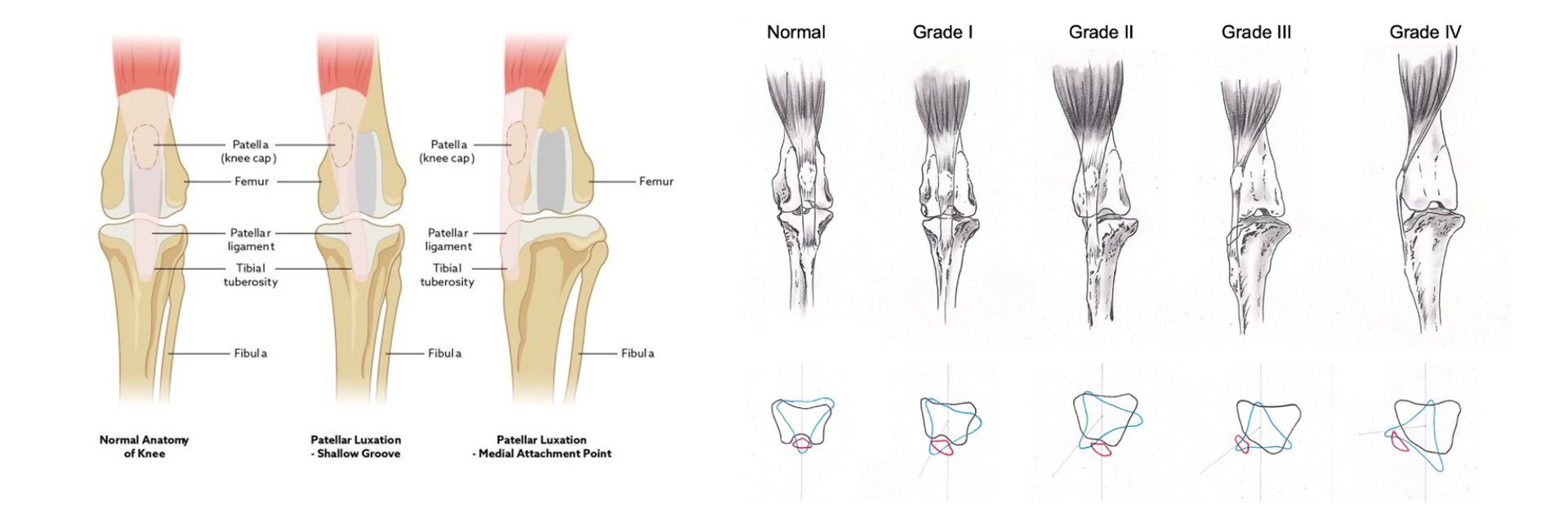
Grade 1: The kneecap can be moved out of place manually but will fall back into its natural position once the manipulator lets go. Treatment for this form is rarely needed.
Grade 2: The kneecap occasionally slips out of its groove, spontaneously creating an intermittent lameness. The kneecap will go back in place on its own. Whether or not it needs surgery depends on several factors: how often lameness is a problem, how long lameness lasts when it is a problem. Another reason to proceed with surgical intervention is for prevention. If the ridge of bone on the inside of the knee wears down, the Grade 2 will progress to Grade 3. This progression can be prevented with surgery.
Grade 3: The patella is out of place all the time but can be manipulated back into its normal position manually. At this point, the dog may seem to crouch or slant down in the rear. Lameness or rear weakness may be persistent. The dog may have a bow-legged appearance. These patients should have knee surgery to correct these problems.
Grade 4: The patella is out of place all the time, and no amount of manipulation can return it to its proper place. Such a dog has extreme difficulty extending his knees and walks with his knees bent virtually all the time in a somewhat crouched position. In this situation, the rotation in the long bones accompanying the luxation will interfere with surgical correction, and total resolution of the lameness may not be possible. Surgery is definitely in order, though success is somewhat variable as this is a very advanced situation.
Diagnosis
To diagnose patellar luxation, your veterinarian will conduct a physical examination and assign a grade from 1 to 4, which helps guide treatment based on the severity of the luxation. X-rays may be recommended to assess the affected limb for additional orthopedic issues. In some cases, advanced imaging techniques like CT or MRI may be used for a more detailed evaluation.
Treatment
The treatment for patellar luxation varies depending on the condition's severity and the individual dog's clinical signs.
For mild cases without significant symptoms, no treatment may be necessary. However, for dogs with intermittent lameness or secondary arthritis caused by patellar luxation, conservative management may include:
- Maintaining an ideal weight
- Joint supplements
- Pain medications (e.g., nonsteroidal anti-inflammatories or NSAIDs)
- Exercise restriction
- Physical rehabilitation
If your dog has advanced patellar luxation or persistent lameness, your veterinarian might recommend surgery. Several surgical options are available, and your vet will help determine the most suitable approach for your dog.
Surgical correction often yields good outcomes with improved kneecap stability, especially if performed before arthritis develops. Regardless of whether surgery is performed, many dogs with severe luxation or ongoing symptoms may eventually develop arthritis, which will require ongoing medical management.
References
- https://www.dovepress.com/article/download/38633
2. https://www.vet.cornell.edu/departments-centers-and-institutes/riney-canine-health-center/canine-health-information/patellar-luxation#:~:text=Patellar%20luxation%20is%20a%20common,also%20occur%20in%20large%20breeds.
